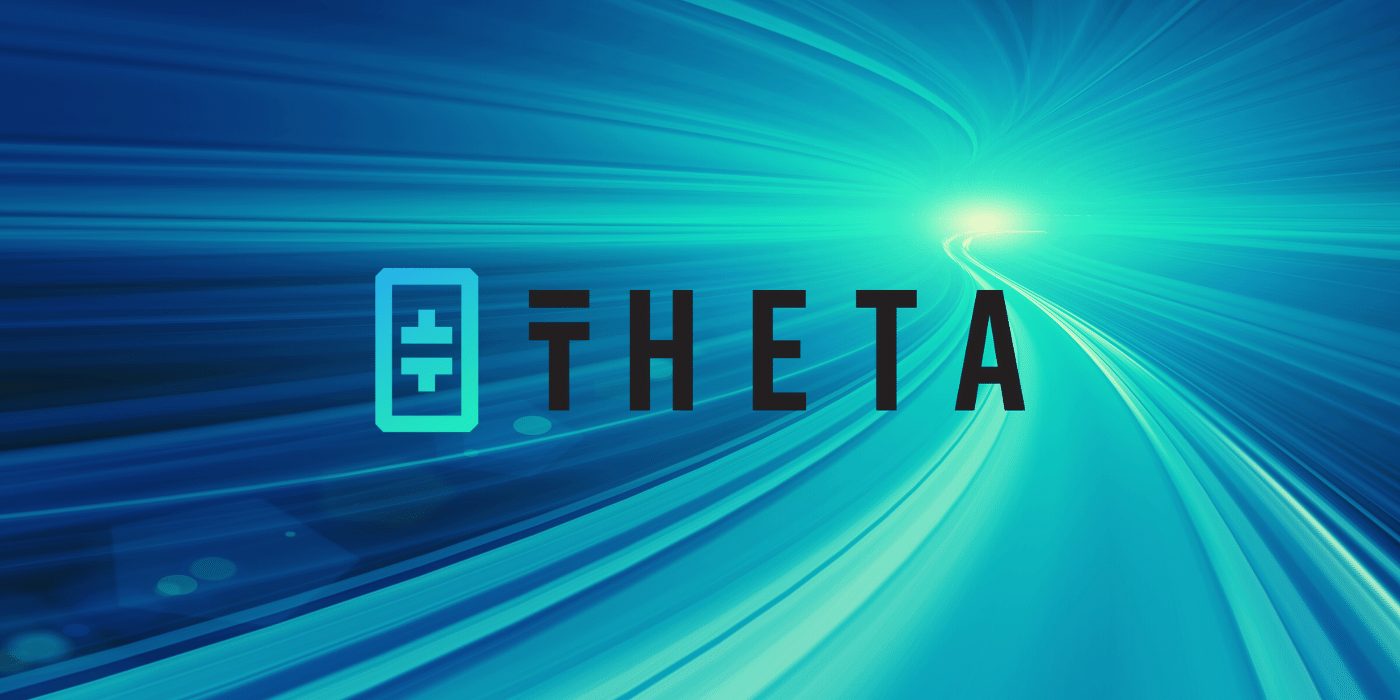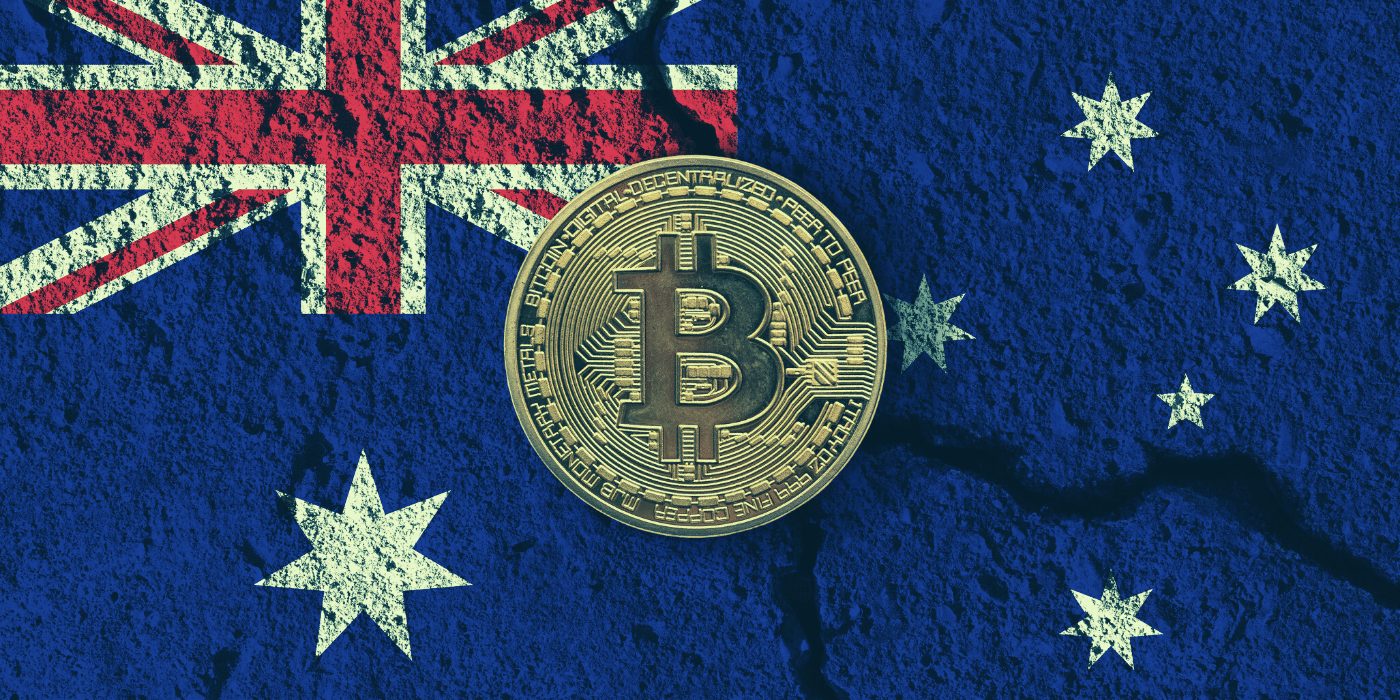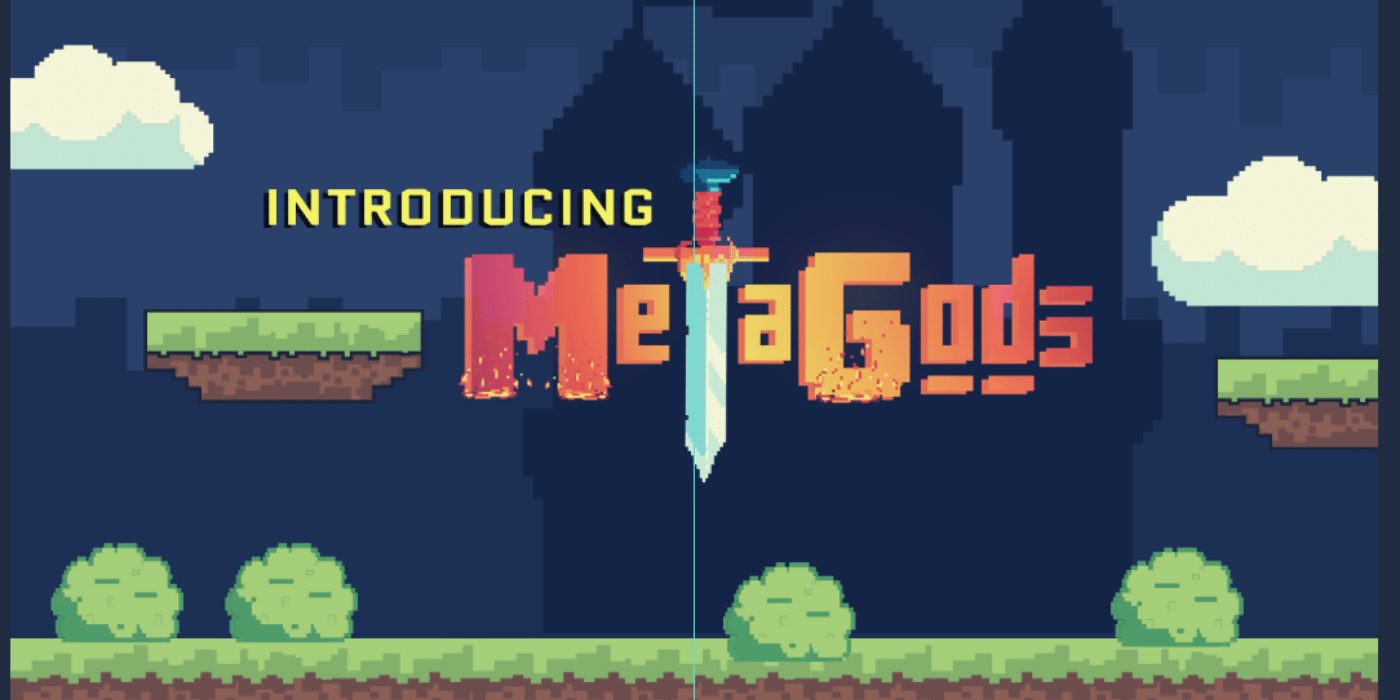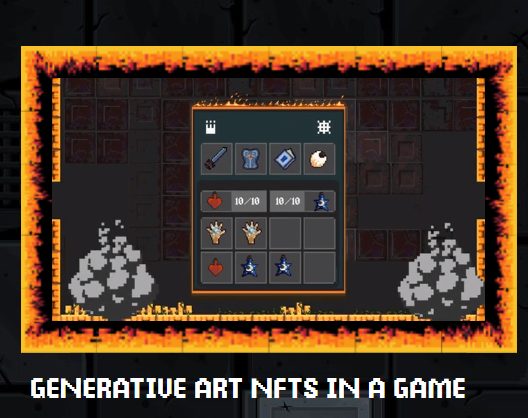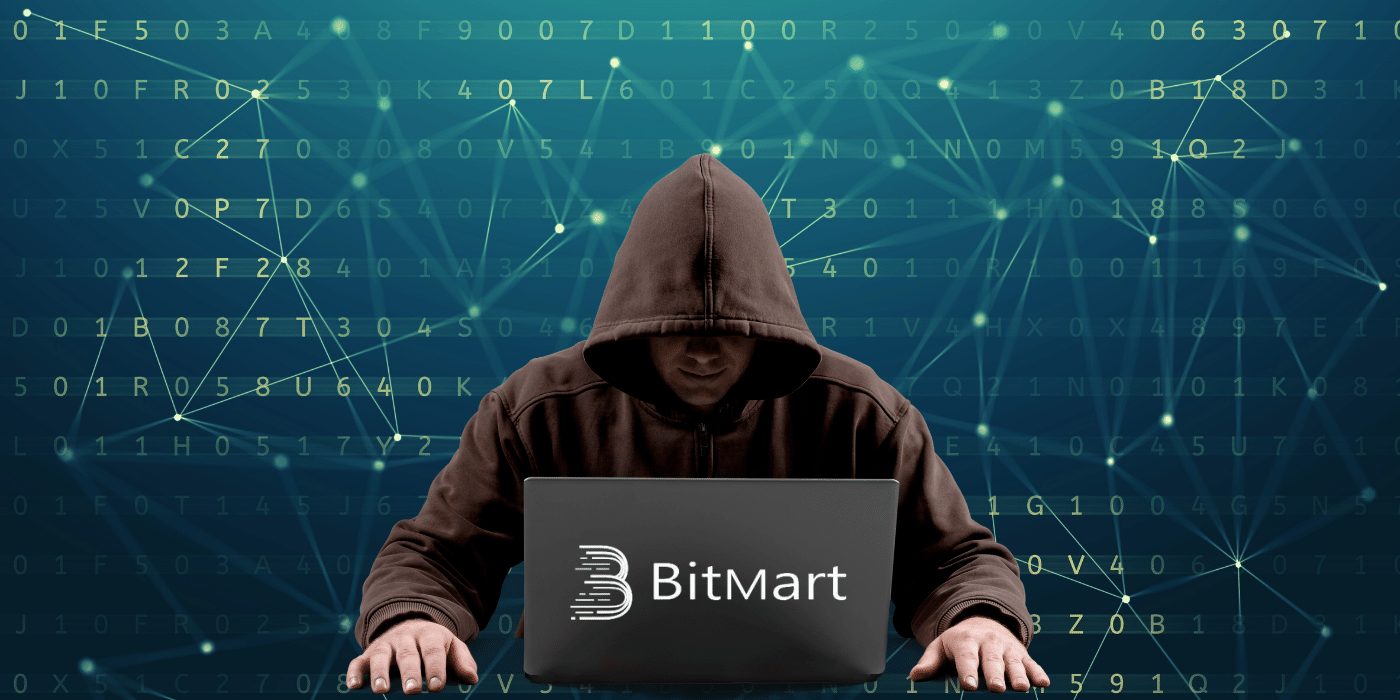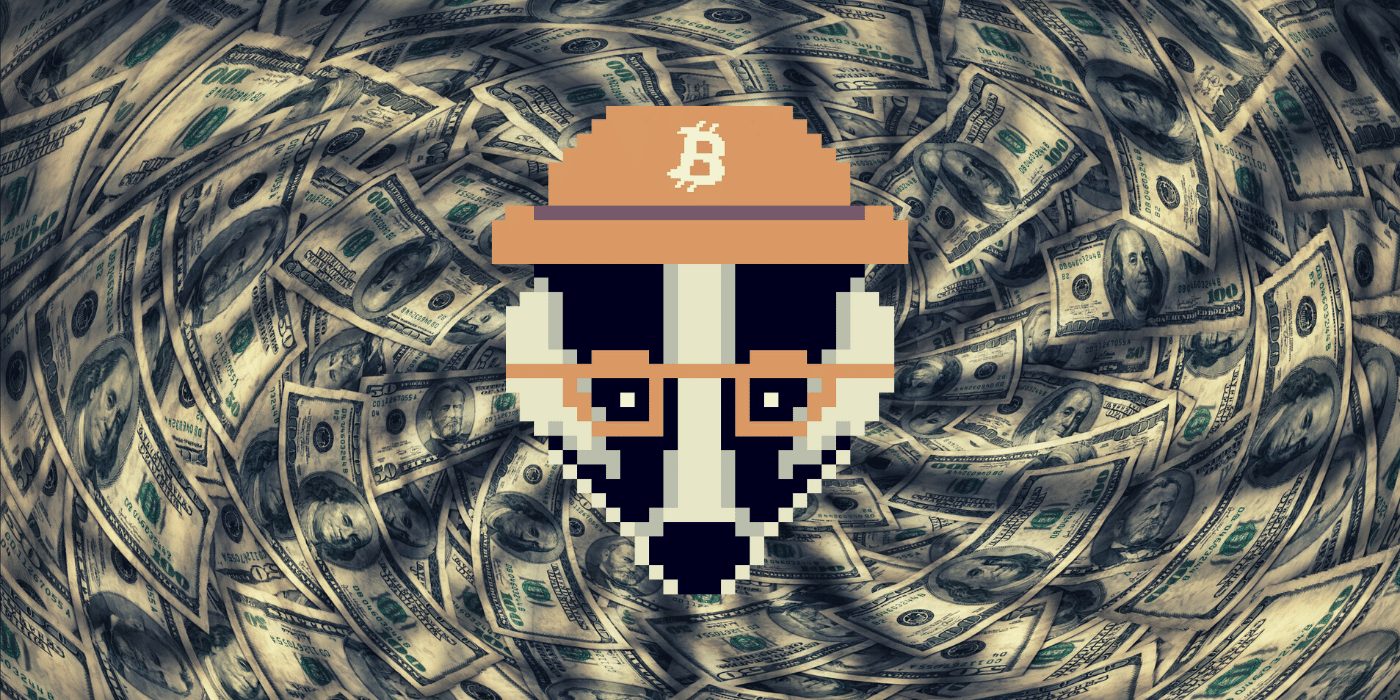With a total prize pool of US$500,000 and over 700 participants, the latest Theta Hackathon has crowned winners first to third in four different categories.
Out of all the placing teams that took part in the hackathon, here are Crypto News Australia‘s five favourites:
StreamVerse
Streamverse is the lovechild of streaming and metaverse concepts and is a place where streamers go to “monetise their streams and moments without any third-party arbitration providing player interaction as [a] base layer”. Users will be able to move around in a 3D virtual environment with friends and other fans to watch their chosen streamers.

The team set its sights on building a platform that was realistic and where fans could interact more closely with their favourite streamers. Moments you never want to forget can be captured and converted to an NFT without relying on a centralised entity. The project also has efficient applications for charity and esports use cases.
TKETS
TKETS is a decentralised ticketing platform that aims to solve the security problems that plague the industry. The platform is fully permissionless, meaning anyone who has a Metamask wallet can interact with the platform and create an event directly.
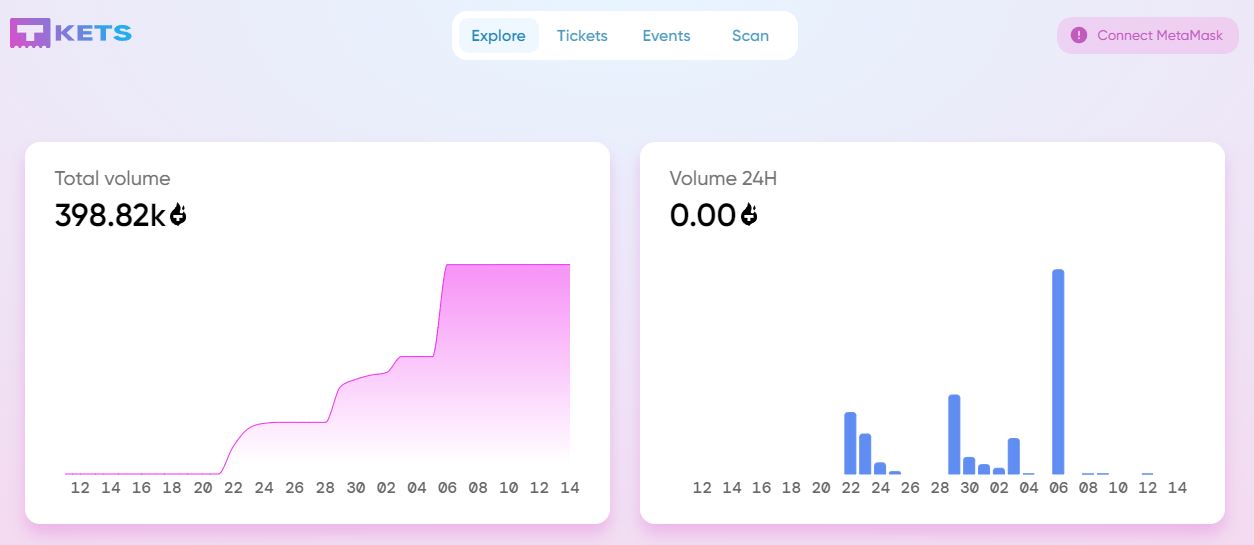
For event organisers, each ticket is minted as a separate smart contract that only they own, and every ticket purchase locks the funds directly into the contract. This means that after the event ends, event organisers can withdraw their funds immediately and directly with no need for any other approval. And on the other side of the coin, if an event fails to happen, payments are redistributed to the buyers.
SCUBR
Scubr is a short video content-sharing application. The goal is to introduce people to the blockchain space without scaring them off with the complexity that comes with it. Users can post videos of their own and watch videos of other creators. Based on the views and likes received on their owned videos, users earn SET (SCUBR Engagement Token). Using this token, they can purchase merch from other users or even trade NFTs.
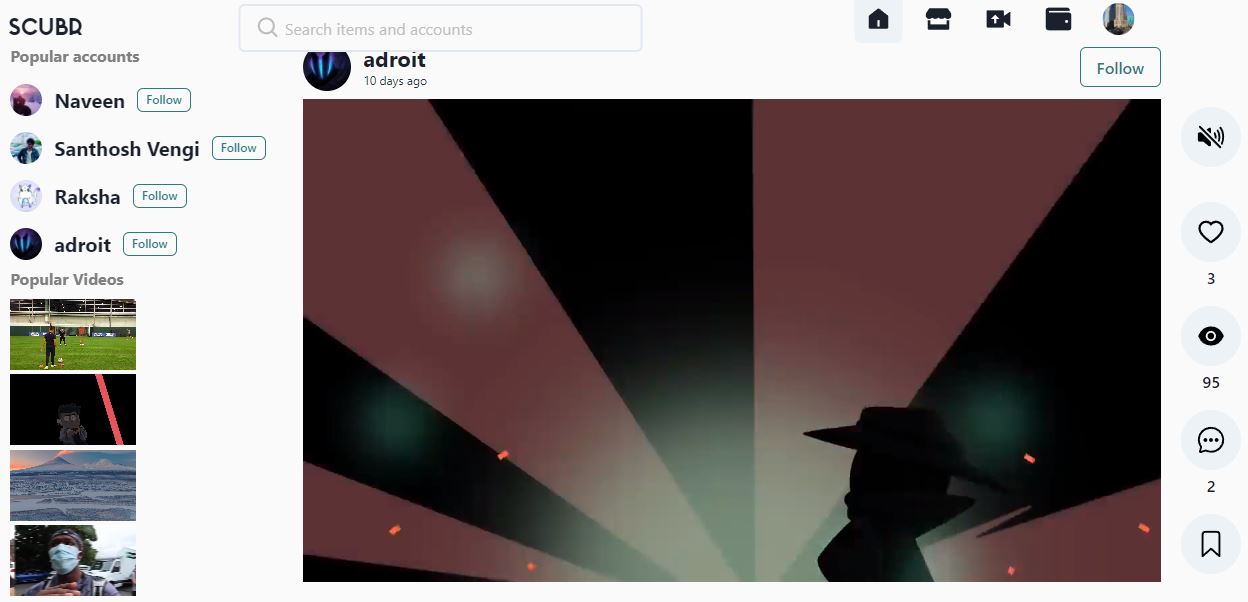
By minting NFTs from their videos, users can sell them on the marketplace and buy other people’s videos as well. When the project is fully realised, people could hopefully even buy videos from celebrities or influencers. Once a user purchases an NFT through the marketplace, the video is transferred from the seller’s profile to the buyer’s profile, and any subsequent views of the video are credited to the buyer.
OpenTheta
ThetaDrop is run by Theta Labs and is its third-party marketplace where only selected artists, influencers and creators are able to launch NFTs. OpenTheta is the first independent and public NFT marketplace on the Theta blockchain that will allow any user to create, launch, and trade NFTs.
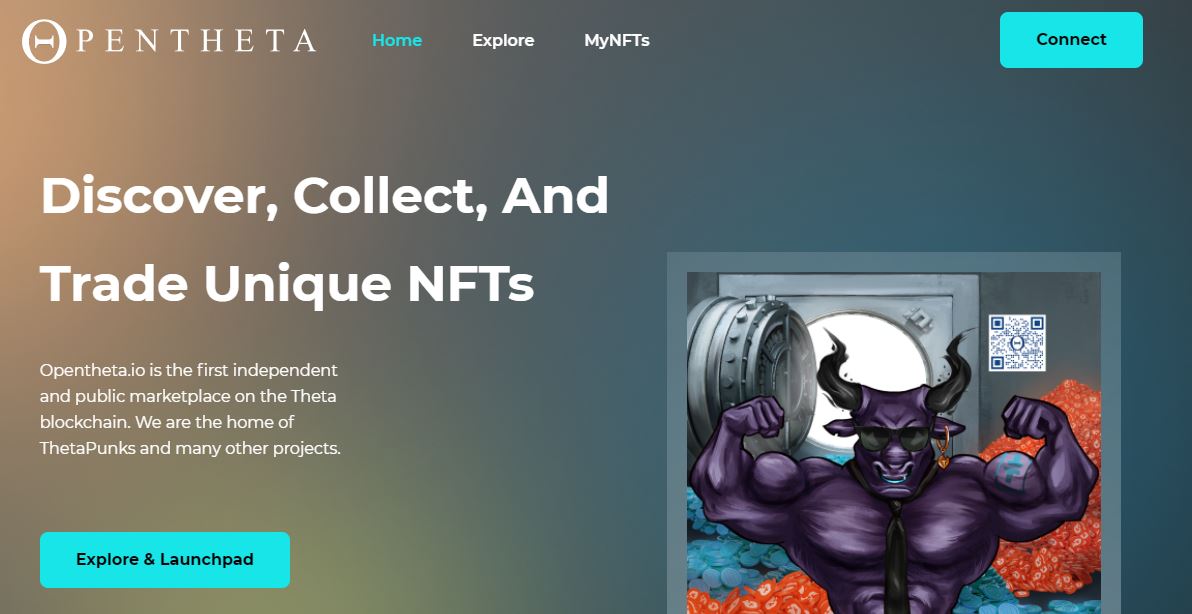
The marketplace has a launchpad to support creators launching their new NFTs. Buyers can also check the sales history of an NFT, which gives them an understanding of overall supply and demand.
The Bug Adventure Show
The Bug Adventure Show is an adventure game where competitors play for NFT prizes, tokens and achievements. Competitors will need to solve puzzles and riddles set out by the team, and only one player can play the game at a time while their actions are live-streamed for all to see.

The point and click game will be broadcast through Edgecast and each player will have five minutes to solve a puzzle with all the data being saved on the blockchain. The next player carries on where the previous one left off, and the game will continue until there are no more players in the queue.

